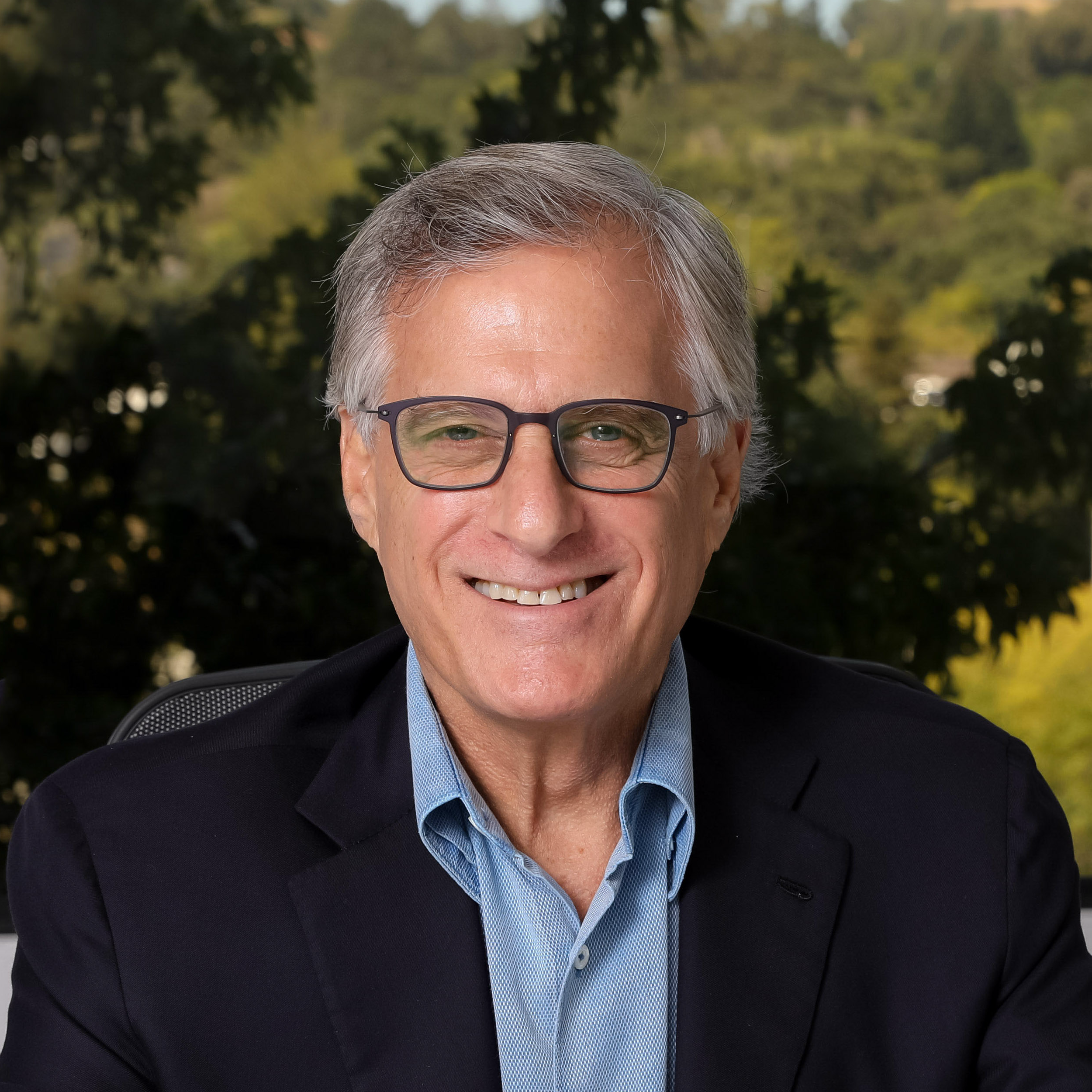Edge Executive Insight – Kip Turco, CEO, StackPath
In the lead up to Edge Computing World, we’re taking some time to speak to key Executives from the leading companies supporting the show. Today we’re talking with Kip Turco, CEO of Stackpath.
Hi Kip, Some consider, the buzz about “edge” to be just hype, how do you see it?
True, everywhere you turn providers, users, journalists, analysts, and others are buzzing about “edge computing” and the changes it brings for all different kinds of businesses. While it’s still early days for the adoption of edge computing—and the category is still being created and defined—it isn’t just hype or theory. It’s here and ready for primetime. Our customers use edge computing to make their cloud-native workloads work faster, more efficiently every minute of every day.
Why does StackPath believe that edge computing is important?
Core cloud computing provides resources in a limited number of facilities that might be far away from end users. That works fine for some workloads, especially those with monolithic architectures or that have “data at rest.” But most modern applications aren’t monolithic and works with “data in motion.” They can take advantage of distributed computing architectures and seriously benefit from having the lowest latency possible for one or more legs of the data journey.
That’s why edge computing is important. It distributes processing and storage across a large number of locations that can be physically closer to end users. Data makes fewer hops in and out of those locations, allowing for higher security, higher resiliency, reduced bandwidth costs, accelerated processing, and superior end-user experiences. Edge computing provides the resources that modern workloads and applications really need.
What are the key drivers that you see towards the uptake of edge computing?
The decentralization of cloud computing and the emergence—and permanence—of “edge” is catalyzed by trends and dynamics that are fundamentally impossible for core cloud to accommodate. This includes IOT and the rapid proliferation of devices, 5G adoption, the demand for data intelligence and ML/AI, enterprise transformation, and the demand for more digital security. Core cloud was also tested and the need for edge heightened with the COVID 19 pandemic and everyone at home all day every day doing everything from home on personal devices. And the entire Web3 movement drives a need for infrastructure that’s as distributed as blockchain processing is intended.
What kind of things are you seeing people doing right now with edge? Not what WILL they be doing, but are actually doing now with edge?
The edge is already being used for pretty much anything that needs less latency between processing and the source or destination of data. We have thousands of customers doing thousands of things on our platform including OTT media delivery, live streaming, game hosting, AR/VR, blockchain applications, e-commerce, real-time digital ad auctions, real-time video analysis of security feeds, and on. But customers are also using it for applications I would never have imagined, like one customer who uses the edge to create innovative wildfire detection systems. That’s the beauty of putting a platform out there and letting people build whatever they want and use it as they see fit.
Why should a company want to make the move from core cloud? What kind of ROI do you think companies get with edge?
The increased speed, efficiency, and security that edge computing delivers does provide a financial benefit. Forrester reported that 57% of companies will reduce operating costs and automate workflows as the reduced amount of technology in each edge data center will require fewer hands and salaries to manage, but the major cost-savings ROI for a company is what they spend in downtime. The Uptime Institute reports that about a third of outages cost more than $250,000 so just stopping one outage is big savings.
What are you looking forward to at Edge Computing World?
I’m passionate about our vision of edge computing and the potential of this industry. So, I’m looking forward to connecting in person with other businesses and users to learn how they are using the edge today and discuss their plans for the future and how StackPath can help.


